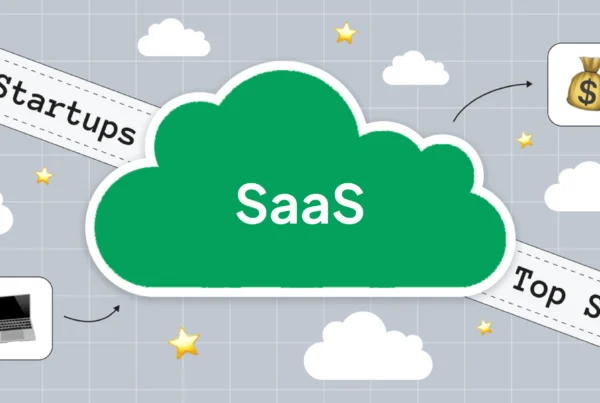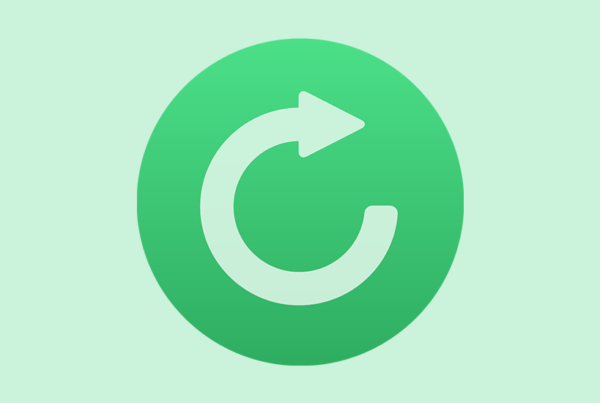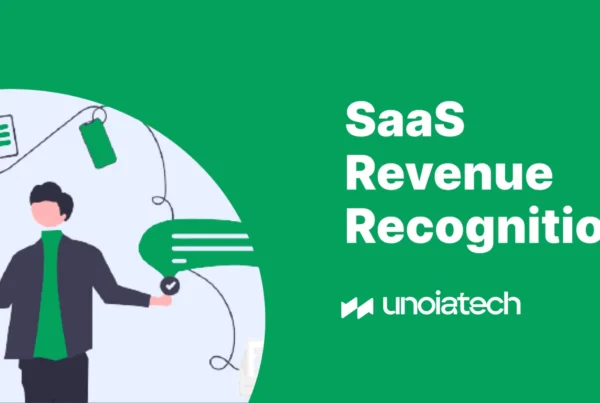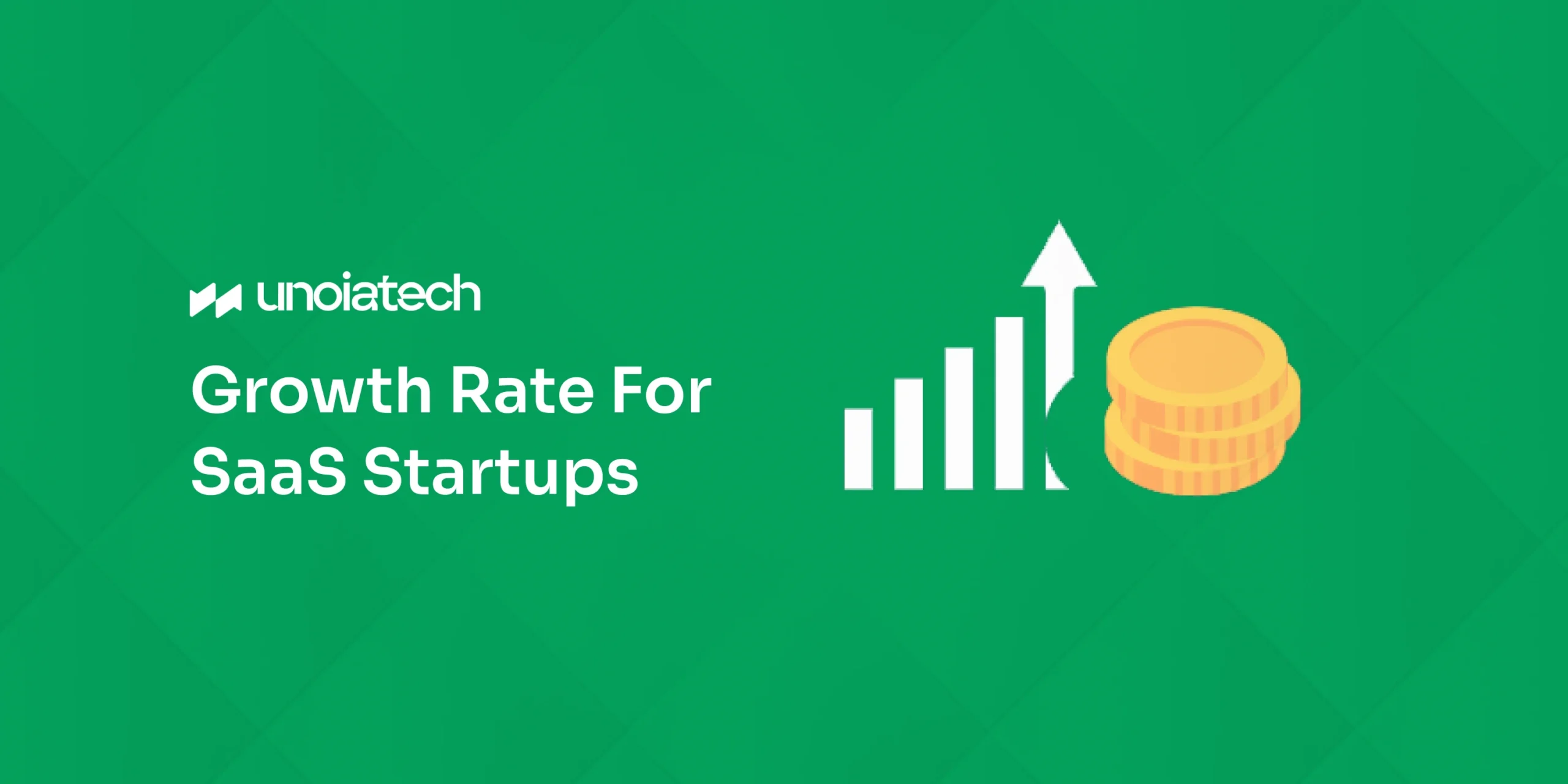
The growth rate is directly proportional to the success rate of startups. This is why startups are advised to keep track of their growth rate and work on their weak points accordingly. A fixed growth rate means that there is no progress and eventually it will just drop down.
Now the question that arises is what is a good growth rate for a SaaS business and that is exactly what we are going to discuss in this article.
Compound Monthly Growth Rate (CAGR)
A compound monthly growth rate is used to measure the periodic growth made on an investment over a given period. There is a tool for calculating compound monthly growth rate that you can easily find online instead of doing it manually so that the result is precise. Simply speaking, CAGR is the return rate required for an investment to grow in a given time period.
A bar chart has been shown below that shows the median compound growth rate for SaaS startups.
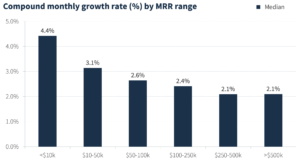
On an average, a SaaS startup grows by 4.4%every month which makes up 68.0% annualized. With time, as the company reaches a considerable revenue, the growth slows down but still remains more than 2% every month.
Source- https://chartmogul.com/blog/good-monthly-growth-rate/
The dispersion in the monthly growth rate is highest in its initial stages as the business is budding but with time it drops down till it comes to a consistent, uniform rate. The formula for calculating CMGR is very simple as is given below.
CMGR = (MRR in Last Month / MRR in First Month) ^ (1 / # of months in between) – 1
It is advised to analyze the data only up to 12 months old, otherwise, you will face some issues like the change in the economic scenario or the company jumping from one brand to another.
Factors Influencing Your Growth Rate
Multiple factors affect the growth rate of your startup and some of them have been mentioned below:
- Adoption- This is the worth of your product. Does the target market like your product enough to subscribe and pay for it? Does it solve any of their problems and make them realize the need for it?
- Product Usage and Engagement- Acquiring a customer is not that tough of a task but keeping the customer engaged is. There has to be something catchy about your product that makes the customer stick to your company and the product rather than shift to some other option. Engagement ensures a regular purchase which really boosts your growth rate.
- Conversion Rates-In simple terms, conversion rates mean the number of customers that become regular subscribers to your product or the customers who remain engaged.
- New Leads Source- Where are you getting your new leads from? Is it organic research or the money that you make from marketing initiatives? Organic leads are considered better since they are more knowledgeable about the problem that you are targeting.
- Reactivations- Reactivations mean if the customers come back after they have churned. Customers who stopped using your product because of hiked prices, missing features, or any other issues that they face, this is to win them back.
- Expansion- You have loyal customers who upgrade their subscription and are regular with your product, actions like these result in an expansion. The money you are making per user per subscription every month is a huge profit. You could also offer additional paid products that the user would buy along with the subscription.
- Churn- Churn is the net users that you gain. If you acquire 100 new users every month but simultaneously lose 80 customers, then it is of no use as your net growth is only 20 customers per month. If you understand the issue behind this, you can work on them and increase your overall growth rate.
Unlocking Growth Using Segmentation
There are a lot of segment dynamics that are left ignored when seen from the surface as the metric averages only help you to see the directionality. There are two charts shown below. The left chart shows a metric on average whereas the metric on right shows the same metric split by the segment of customers.
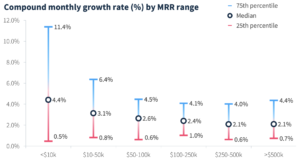
Creating Customer Segments
Depending on your target customers and the product you are selling, you need to segment your customers. This is a very tedious task as it requires a lot of thinking. Some of the common and widely used segments have been mentioned below to give an idea of how it is done.
- By geography, that is, the region a customer belongs to.
- By the product line.
- Marketing or acquisition channel.
- Usage metrics like the last login, features they are regularly using, etc.
- Company statistics like size, funding, and industry.
- Satisfaction metrics like NPS score.
All of the segments above can be tested against the key SaaS metrics like churn rate, lifetime value, conversion rate, MRR revenue rate, etc.
Conclusion
Measuring your growth rates constantly from time to time is a must for a business to succeed because all the adjustments and improvements are made accordingly. Ideally, the growth rate of a well-doing SaaS business should be between 15 and 25% annually.
Rates higher than that are overwhelming are hard to keep up with generally for a company. In the beginning stages, the compound monthly growth rate of a company should be 4.4%. The growth rate depends on the company’s development stage. Regardless of how long a company has been in the market, the final outcome is determined by the growth rate and augmentation that made it achievable. The revenue forecast of a company influences the value of a startup heavily.





